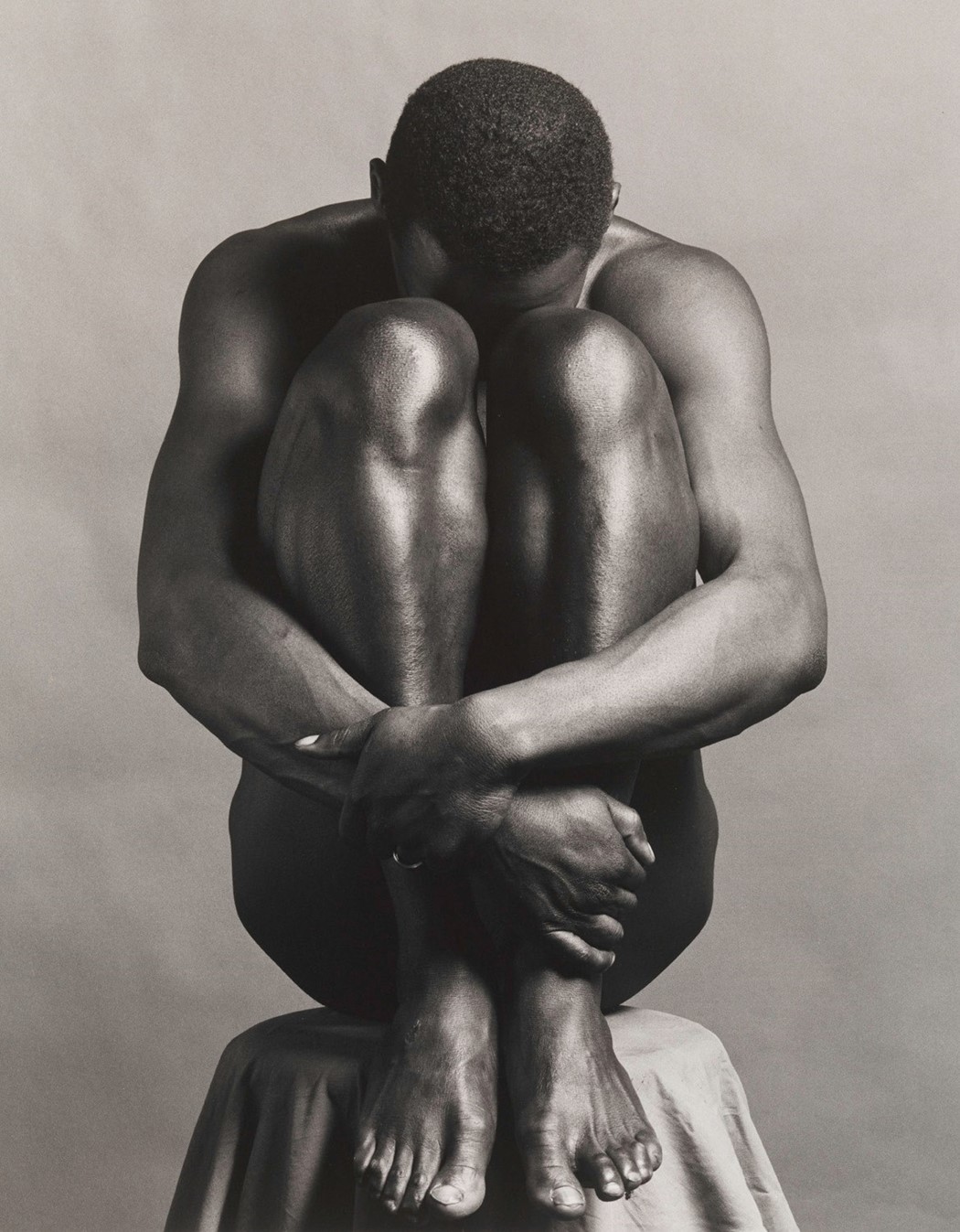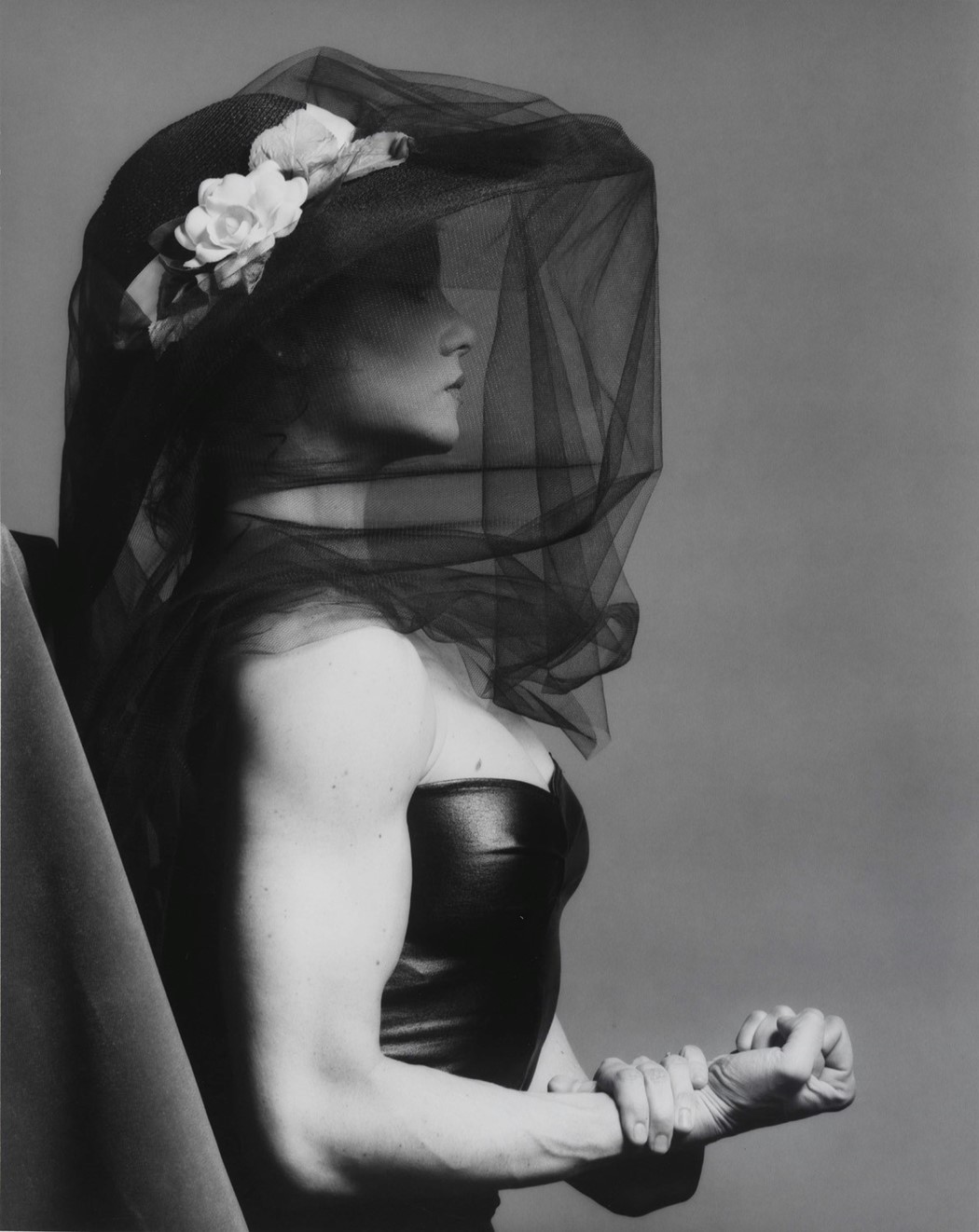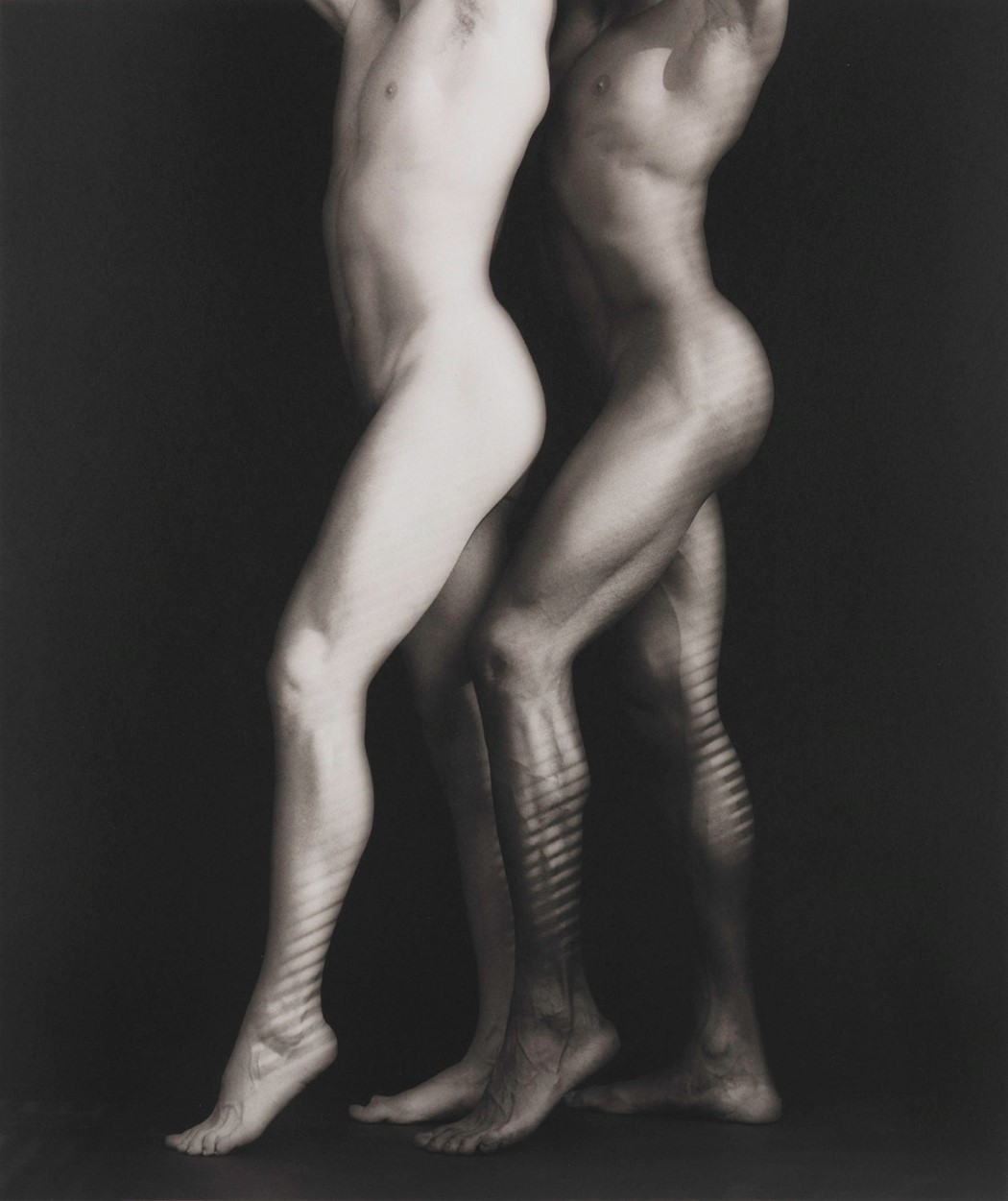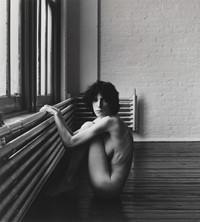Remembering Robert Mapplethorpe Through Stories From Those Who Knew Him
- TextMiss Rosen
As a new exhibition of his work opens at the Solomon R. Guggenheim Museum in New York, four people recount their memories of 20th-century art’s most subversive image-maker
Just 42 years old at the time of his death, Robert Mapplethorpe’s legacy was already set. A visionary with impeccable instincts and a taste for the extreme, Mapplethorpe was driven by the desire to reveal beauty in its many forms: be it in flowers or fetishes.
For Mapplethorpe, the photograph was a space for transformation, liberation, and freedom to subvert, transgress, and ultimately reclaim gender and sexuality for himself, and by extension, the world. His early collaborations with Patti Smith established them as icons of an emerging avant-garde scene in the New York underground. When he met curator Sam Wagstaff in 1972, they became engaged in a personal and professional relationship that would bind them together until death.
With both homosexuality and pornography being decriminalised in the United States, Mapplethorpe deftly centred the margins in his work, taking domination to new heights by making the viewer submit to his terms. 30 years after his death, Mapplethorpe’s mastery reveals itself to be a prescient, powerful force that is particularly poignant in recognition of all that was lost.
On January 25, Implicit Tensions: Mapplethorpe Now opens at the Solomon R. Guggenheim Museum in New York. In celebration of the exhibition, we spoke with artists, journalists, and filmmakers who share their encounters with Mapplethorpe over the years.
ANTON PERICH
Anton Perich is a filmmaker, photographer, and video artist hailing from Croatia, who arrived in New York in 1970 and soon began working as a busboy at Max’s Kansas City, the premier destination for the city’s avant-garde, where he frequently encountered Mapplethorpe.
“I don’t remember how I met Mapplethorpe. It was very early in 1970 and by osmosis, like any other meeting at Max’s and the Chelsea Hotel. I think he spent equal amounts of time in those venues: from midnight to morning at Max’s, afternoons at the Chelsea Hotel. There was the omnipresent Patti Smith and the mythological Charles James – all impeccably dressed in the leathers of the earliest glam punk. They had the elegance of a French family of tightrope walkers. No excess of anything.
“At that time, Mapplethorpe was also a fashion designer, making leather belts. I visited their den the next to the Chelsea more than once and felt displaced by the plethora of the dark pleasure objects. Some years later I saw those artifacts as accessories in his photography.
“Mapplethorpe was extremely good looking, and he knew it. With looks like that he knew that he wouldn’t last for 15 New York minutes. He would be consumed like hors d’oeuvre. He had to protect himself. His attitude protected him. He was not snobbish, or inaccessible. He just built the wall of silence around himself.
“Patti Smith survived it all. She was with him since day one. She was his guardian of senses. In his photographs she looks better than anybody else and she sings better than anybody else. I could see it all there in 1970. He came from prose and she came from poetry. No other description works.”

TERESA ENGLE
In July 1981, American photographer Teresa Engle met Mapplethorpe when he came to Arles, Frances, as an honoured guest of the annual Rencontres d’Arles photography festival. Here, she shares memories from a fateful encounter one summer afternoon. The full details of their time together can be read at Dazed.
“I first met Robert when he and Sam Wagstaff stopped by Lucien Clergue’s studio, where I was completing a year-long internship. I later saw him in the streets and people were following him, starting conversations, and taking pictures – all the time! It was like we had Elvis in town. It was insane.
“The next time I saw him, he was having lunch at Place du Forum. He was all dressed in black and it was hot. The guy just wanted to eat a sandwich in quiet. I think he was tired of people invading his space. I felt badly for him. I approached and said, ‘Robert, it’s time for you to be at Lucien’s’, and he understood what I was trying to do. Sam Wagstaff didn’t even see Robert leave. He was up and gone.
“I took him to my home because it was safe. I made coffee and we sat for about an hour. Robert was like a big brother. He asked interesting questions and got me to think. He didn’t always make eye contact. He had this way of learning and listening. He had a printer, who he spoke of with deep respect. It validated what I was doing. I asked him if I could photograph him and he said yes.
“He gave me his studio address and telephone number. I sent him five prints from our photo session. In 1982, my mother died unexpectedly. I called him, I don’t know why. He called me back and we talked to me for 45 minutes. The person I met was a kind soul.”

MARC H. MILLER
Marc H. Miller is an artist, journalist, curator, and collector who actively documented the New York downtown scene in the 1970s and 80s. Together with Paul Tschinkel, they made a video interview of Mapplethorpe in 1983 for the “Art/new york” series, which will be screened at the Guggenheim on February 12.
“Paul Tschinkel and I decided to cover Mapplethorpe’s Lisa Lyon show at Leo Castelli. We went to his studio on Bond Street. He was game for it. He was a bit of a Beau Brummell. It wasn’t fancy but he had a style: the hair, the leather jacket, and in this interview a thin red leather tie. He strove to present himself in an enticing way.
“I asked him, ‘Why do you make pictures of sex?’ and he responded, ‘That’s a very good question. Because I’ve been doing it for years. I think it’s an exciting area to take photographs in and what I have been doing with sexual photographs I think is formalising them in a way that pornography has never been done before, making beautiful photographs with pornographic material.’
“We never incorporated the show into a program back at that time. As far as I am aware there was only one other interview with Robert done by the BBC late in his life when he was sick and we caught him when he was at his prime.
“I attended the opening at the Whitney right before he died. Robert was in a wheelchair and was obviously extremely weak. There was a sense of trying to fix him up with colouring in his hair that was dripping a bit. But he wasn’t going to miss it! He greeted me with recognition and I congratulated him. It was a ritual that he was going through with a range of people. Everyone wanted to pay homage – even say goodbye. It was quite a dramatic event.”

JAMES CRUMP
James Crump is a film director, writer, art historian, and curator whose film Black White + Gray: A Portrait of Sam Wagstaff and Robert Mapplethorpe premiered at the 2007 Tribeca Film Festival. He also published two Mapplethorpe books, Autoportrait and Pictures, with Arena Editions.
“I was blown away by the Whitney retrospective: it was a real revelation of Mapplethorpe’s work. I met Mapplethorpe briefly during the days of that exhibition. He was in the gallery in the corner voyeuristically watching people view the work from his wheelchair – and what struck me was the kind of elation and satisfaction he got from it. It was a pinnacle in his career. He wasn’t going to be around much longer.
“Over the years I started studying Mapplethorpe and along that route I started collecting stories on Sam Wagstaff. I began to ask questions of people close to both men. The more I learned, the more fascinated I became. They were both so symbiotic to each other, and it started with them being exactly 25 years apart, sharing the same birth date, November 4.
“Sam was ushering this artist into a career that would change the landscape of 20th century art, and doing it in very subtle ways – sharing his vast knowledge of the history of art and exposing Mapplethorpe to things that were very influential to his ultimate output.
“For Mapplethorpe’s part, he was reciprocally opening Wagstaff up to a freer, darker, decadent lifestyle, taking him around lower Manhattan and enabling him to look into himself and explore his sexuality and true self. It’s uncanny. They were morphing into each other. Physically and aesthetically it’s there. In a way they were like magnets seeking each other out, and came together in a pure destiny way. It was meant to happen.”
Implicit Tensions: Mapplethorpe Now is on view at the Solomon R. Guggenheim Museum in New York. Part one: January 25 – July 10, 2019. Part two: July 24, 2019 – January 5, 2020.
















